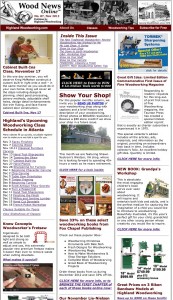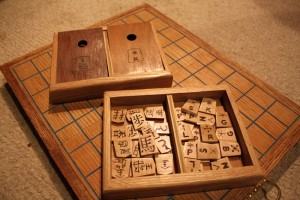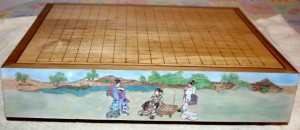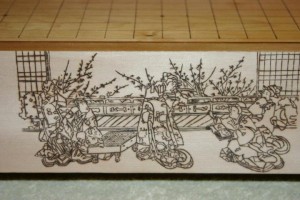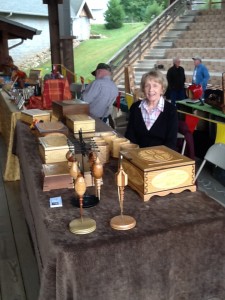Alright, I know I am a little late to this party. The Anarchist’s Tool Chest has already been out for more than a year, but I am just now reaping the benefit of its lessons this week. I finally snagged a copy of Chris Schwarz’s ode to the individual craftsman and I can honestly say that after reading it, whatever part of myself can claim to be a woodworker is now a changed woodworker.
Tools are like people to Chris Schwarz, or at least they are characters in the story he tells here. They eat crackers in bed for example. It is clear that he has spent his life around tools and has seen nearly every variety of make and quality of every type of tool out there. Reading this book is akin to peering inside the Schwarz brain, where stacks of tool manuals appear to be carefully organized, even if the manuals themselves are rather unkempt.
To the beginner (that’s me!), reading about woodworking can be a chore, with many technical details I haven’t quite wrapped my brain around, jargon I’ve not been exposed to before, and traditional vs. modern naming conventions for tools only adding to the confusion. The writing in The Anarchist’s Tool Chest is not typical woodworking writing. This book will likely be exceptionally readable, accessible and enjoyable for both a reader who has never done a day of woodworking in his or her life as well as for a woodworker with years of experience under his or her (tool)belt. Schwarz doesn’t just spout facts at you willy-nilly. His writing makes you feel as if he has invited you over for a beer and a talk about woodworking tools. He even includes a picture of his cat to make you feel at home.
Getting into the heart of the book, Schwarz breaks down the tool categories by chapter and provides the reader with the ultimate list of the tools they need in their tool chest. For each tool, Schwarz offers a multitude of details about what features it should have and how it should function. And this is where Chris Schwarz’s body of knowledge really shines. Take the hand planes chapter for example. My notes after reading that chapter: “Wow. Thorough. Overwhelming. Exhaustive.” Tear that chapter out and bring it along if you are buying a new or vintage plane, because it is an excellent reference. Even if you are just working with a plane that is new to you, it will be useful. I especially appreciated the encouraging bit at the end of the chapter addressed to beginners like me – perhaps disheartened by their first less-than-successful attempts at maneuvering a hand plane.
While reading the section on dividers, I started to realize that these discussions of each individual tool are more than just reference guides for how to purchase or use that tool (however interesting and entertaining those reference guides may be), but in fact Schwarz is telling the reader in broad strokes about the craft of woodworking. Take this quote for example:
Dividing up space is one of our primary jobs as woodworkers. We divide up boxes into compartments for tools, dishes or underwear.
Two short sentences to boil down such a large segment of woodworking, in a way that makes so much sense.
Schwarz is also great at driving the reader to action. A lot of woodworking books can be good reads, very enjoyable, and once we read the last page and put them back on the bookshelf, we return to doing things the way we always did them. Not this book. Reading the chapter about saws made me want to jump in the car and drive to my nearest woodworking store to try out a range of different totes until I find one that fits me perfectly.
On workbenches, we all know that Schwarz is a workbench connoisseur as evidenced here and here, but in the chapter devoted to them he boils it down to ten golden rules for what you need in a workbench – a helpful list for anyone looking to build or buy their first (or second, or sixth) workbench, especially if you want it to be your last workbench.
And it is that idea, that any tools you buy for your shop are the last version of that tool that you will ever need, that left the most profound impression on me by the end of the book. That idea extends to the things you make and buy as well. And it is the philosophy that springs from this basic idea that leads to the ‘Anarchist’ part of the title. Not a violent sort of anarchy, but a revolution, where we change our basic wants and needs to fit with a more sustainable vision for woodworking, and the beginnings of a plan to save this craft.
It’s an important book. It’s a good book. It changed me as a woodworker, and it just might do the same for you.
For a peek at some of the goodness inside The Anarchist’s Tool Chest, take a quick look at the index, available online.



